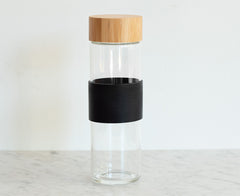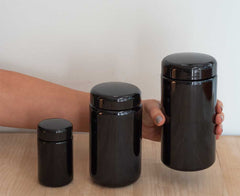The tea protection against the reactive oxygen species produced via the photodynamic effect induced by daylight
Author: Martina Bancirova
The combination of light, photosensitizer and molecular oxygen is involved in the photodynamic effect. The life-time of ROS is extremely short and ROS can damage biological systems. The reactive oxygen species (ROS) are also produced upon excitation of the photosensitizer by visible light only. Some drinks and foods have the potential or definite antioxidant capacity to inhibit or terminate the ROS action. Usually, Paramecium caudatum is used to determine the toxic effect; well known is especially the toxicity determination of the photodynamic effect. The aim of this work was to explore if the protective effect of tea against ROS produced by the different types of photosensitizer (methylene blue, eosin, fluorescein, phthalocyanines) upon the excitation by visible light only is also possible to determine on the unicellular organism P. caudatum, and compare the protective effect of the black and green teas against ROS with the protective effect of ascorbic acid and Trolox (a standard for the total antioxidant capacity determination). The teas were able to prolong the P. caudatum life-time; the highest observed protection against the photodynamic ROS production (triggered by methylene blue) was caused by the black and green teas and was identical for both of them. The stronger protective antioxidant properties of the green tea were not observed. The pro-oxidant influence of the used antioxidants was not observed.



